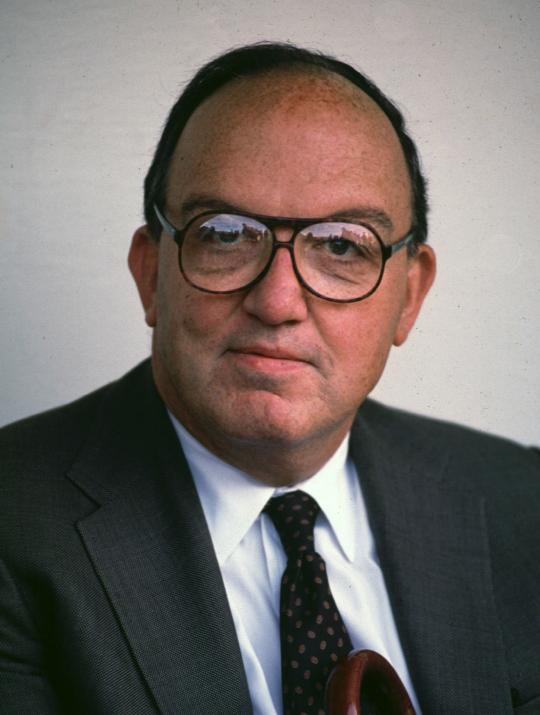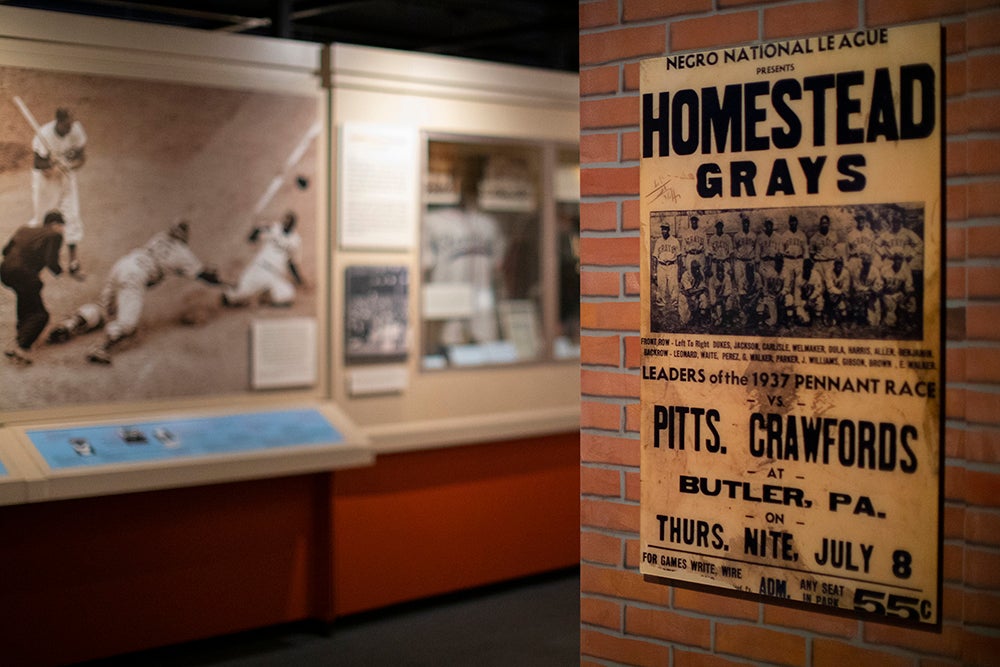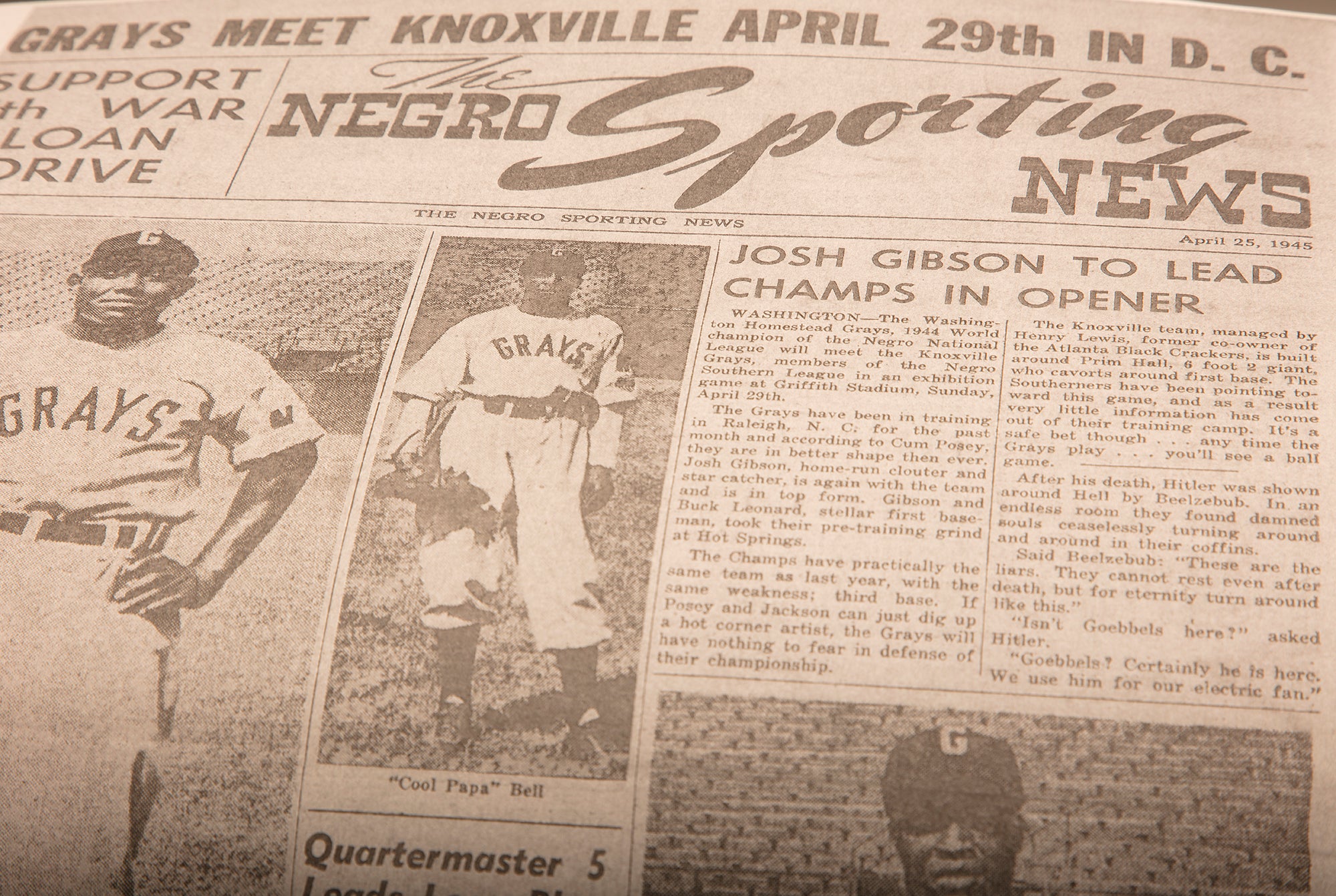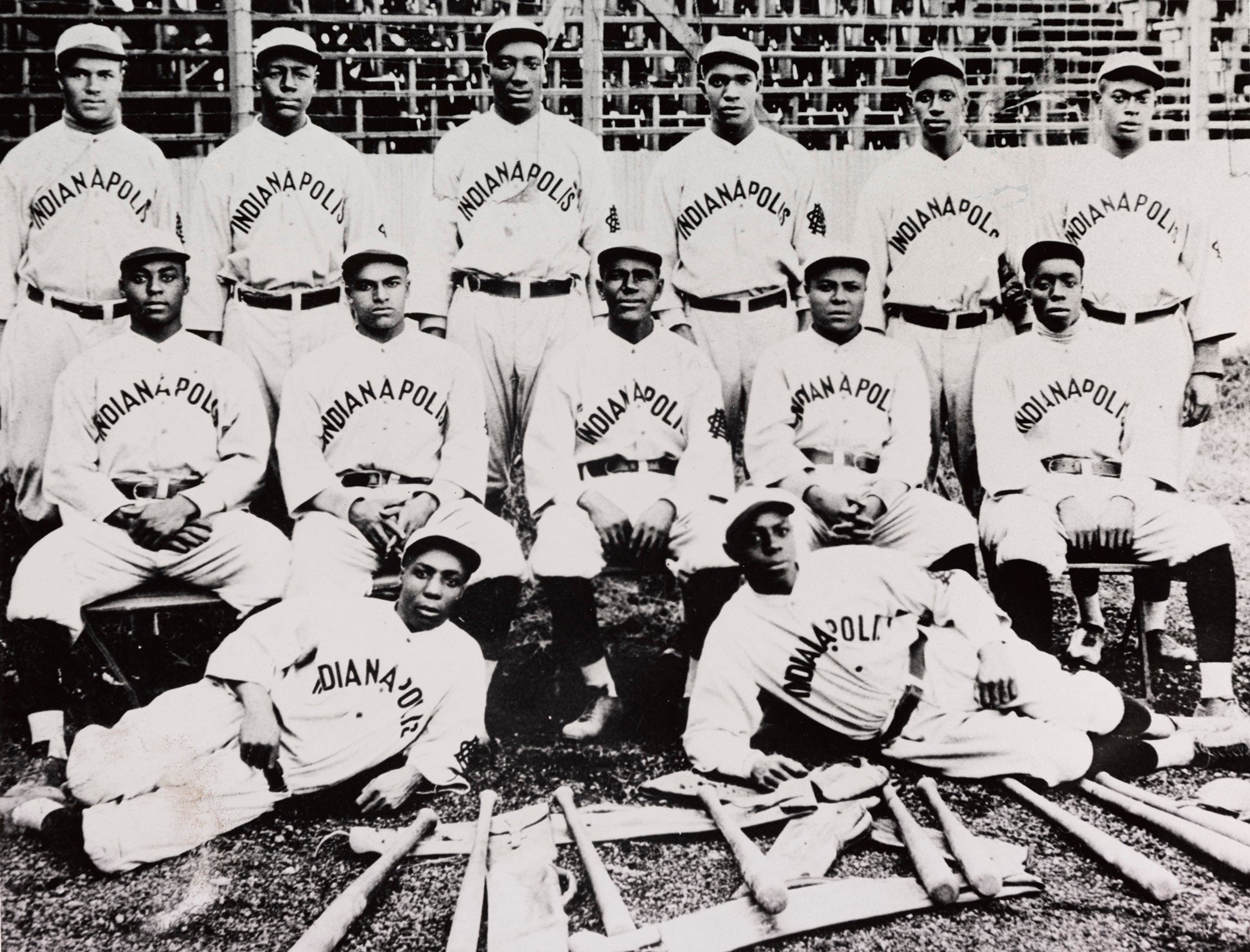- Home
- Our Stories
- Historic 2006 election honors Negro Leagues legends
Historic 2006 election honors Negro Leagues legends
Former MLB commissioner Fay Vincent spoke for a grateful baseball community when 17 Negro League pioneers were elected to the Hall of Fame on Feb. 27, 2006.
“I’m sorry that we’re late,” Vincent, the non-voting chairman of the Special Committee on Negro Leagues told Gannett News Service that day. “I’m sorry we couldn’t do this 30 or 40 years ago when some of our candidates were alive. But we’re here now to make this right.”
The Committee elected 17 candidates – 12 players and five executives – from a final pool of 39 names. The electees included Newark Eagles owner Effa Manley, who became the first woman to earn Hall of Fame election.
“She was very knowledgeable,” Hall of Famer Monte Irvin, who played for the Eagles, told the Associated Press. “She did a lot for the Newark community.”
The electees were: Negro Leagues players Ray Brown, Willard Brown, Andy Cooper, Biz Mackey, Mule Suttles, Cristóbal Torriente and Jud Wilson; pre-Negro Leagues players Frank Grant, Pete Hill, José Méndez, Louis Santop and Ben Taylor; Negro Leagues executives Alex Pompez, Cumberland Posey, J.L. Wilkinson and Manley; and pre-Negro Leagues executive Sol White.
The process began in 2000 when MLB provided a $250,000 grant to the Hall of Fame to initiate a comprehensive study of African Americans in baseball from 1860-1960.
The following year, the Hall of Fame’s Board of Directors selected “The Negro Leagues Researchers/Authors Group” research team, led by Dr. Larry Hogan of Union County College (NJ), Dick Clark, and Larry Lester, to conduct the comprehensive study. The three historians led a diverse group of more than 50 other authors, researcher and historians in this first-of-its-kind academic study.
The research resulted in a raw narrative and bibliography of nearly 800 pages and a statistical database, which includes 3,000 day-by-day records, league leaders and all-time leaders and is now available at baseball-reference.com.
The research was culled from box scores from 128 newspapers of sanctioned league games played from 1920-54.
The 12-member voting committee considered a ballot of 39 candidates, which was narrowed down from 94 by a screening committee.
The 17 new Hall of Famers joined Baseball Writers’ Association of America electee Bruce Sutter to create the 18-person Class of 2006, the largest class ever at the Hall of Fame. The 17 legends nearly doubled the total of Negro Leaguers who had previously been elected to the Hall of Fame. Beginning in 1971 with the election of Satchel Paige, 18 candidates had been elected on the strength of their Negro Leagues careers.
Craig Muder is the director of communications for the National Baseball Hall of Fame and Museum







